Let’s cut to the chase: Scientists reveal the worst paper for paper cuts – and why one common type is 3x more likely to shred your fingers
It is undoubtedly one of the most painful injuries you can experience on a daily basis, often costing both blood and tears.
But a new study from researchers in Denmark may help you avoid the dreaded paper cut – a painful experience for office workers and book readers alike.
Thanks to their lab tests, the scientists ranked 12 different types of paper based on their likelihood of cutting your skin.
Two of these pose the greatest risk and are three times more likely to be cut than the lower risk types.
Do you have one at home or in the office?
Thanks to their lab experiments, scientists ranked 12 different types of paper based on their likelihood of cutting your skin. Do you do that at home or in the office?
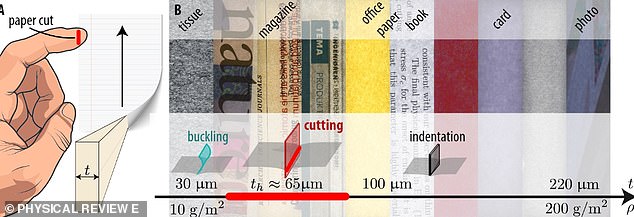
The researchers tested different types of paper, including office paper, cardboard, magazines and tissue paper
According to scientists – working at the Technical University of Denmark (DTU) in Copenhagen – the two materials you need to be most careful with are dot matrix paper and newsprint.
If you’ve never heard of dot matrix paper, dot matrix paper is used in specific types of computer printers for creating business reports, receipts, train tickets, and more.
“Paper has played a central role in human culture for more than a thousand years,” say lead researcher Kaare Hartvig and his colleagues from the DTU.
However, its use is associated with a common injury: the paper cut.
‘[We found] ‘Paper of a certain thickness is the most dangerous.’
The researchers noted that most studies of paper cuts have focused on the risk of infection after cutting.
However, the ‘physical mechanism’ by which certain types of paper can penetrate the skin better than others is ‘poorly understood’.
“There is a particular mystery surrounding the relationship between paper thickness and the occurrence of cuts, which are often described as unpredictable and erratic,” the researchers said.
For the study, they tested different types of paper on a sheet of ballistic gelatin, a material designed to mimic human skin.
The paper types included tissue paper, book paper, shiny metallic paper, post-its, cards and printed photographs.
Also tested were paper from two scientific journals that resemble magazine paper (‘Science’ and ‘Nature’) and three brands of office printer paper.
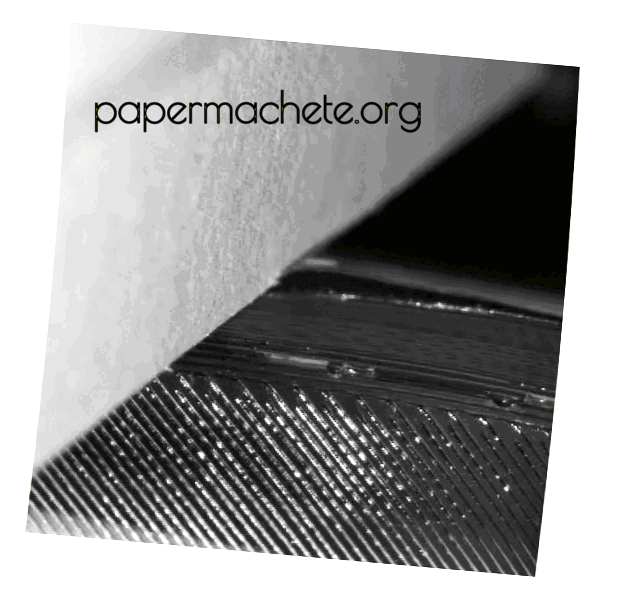
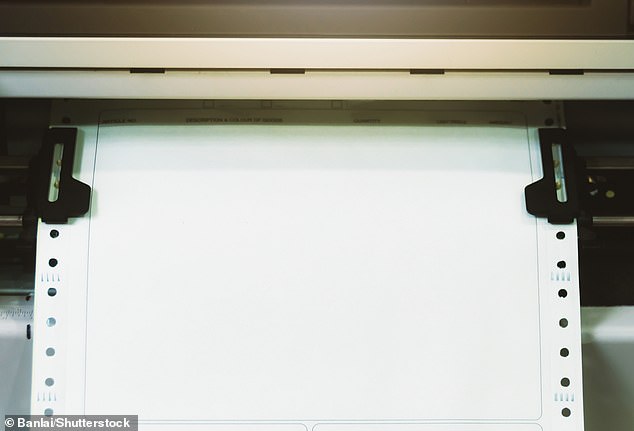
Dot matrix paper (pictured) is used in specific types of computer printers for creating business reports, receipts, train tickets, and more
The experts also took into account the angle of each paper relative to the skin as it entered the cut.
In general, extremely thin paper, such as tissue paper, tended to bend against the skin, preventing any injury, the researchers found.
Paper that is too thick distributed the pressure on contact over a large surface and therefore generally could not cut.
Paper that was neither too thick nor too thin, with a thickness of 65 micrometers or 65 millionths of a meter, was the most deadly: newsprint and dot matrix paper.
The two had a 21 percent “cut chance” — about three times higher than photo paper (7 percent), Xerox office paper (6 percent) and blotting paper (4 percent).
“While tissues, books and photographs are generally safe, we cannot rule out certain risks when using office paper or magazines,” the team concludes.
In general, the cuts were deeper when hit at an angle rather than straight on.
To demonstrate their findings, the team developed the ‘Papermachete’, a scalpel with a dot matrix paper blade that can ‘easily’ cut vegetables and meat.
But the tool is not suitable for “wood carving and spreading butter,” the researchers said.
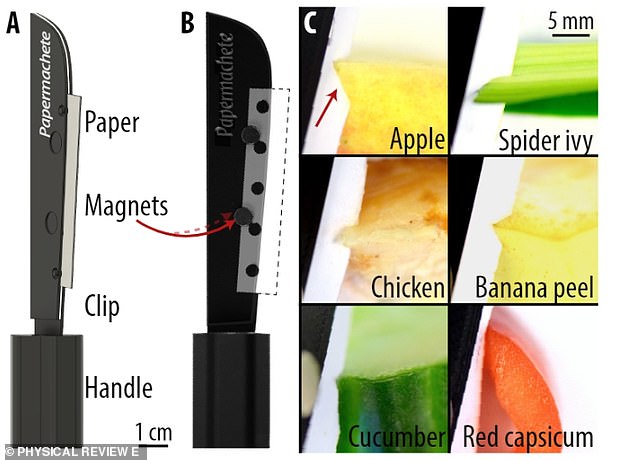
The researchers also developed the ‘Papermachete’, a paper-based scalpel that can ‘easily’ cut through vegetables and meat
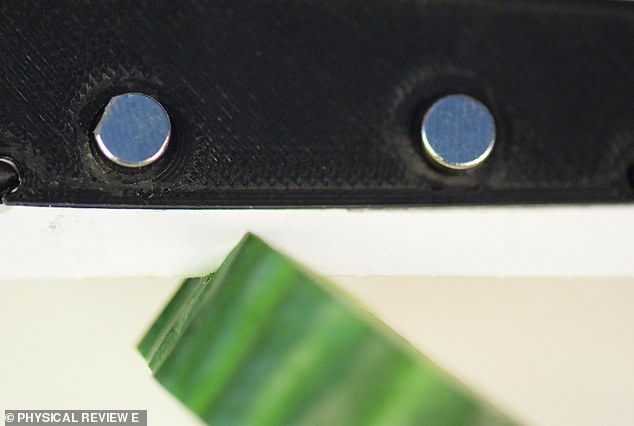
Close-up of the Paper Machete sliding through cucumber. The tool is not suitable for ‘carving wood and spreading butter’, the researchers add
The team said their study – published in the magazine Physical assessment E – ‘lays the foundation for physics-based design of paper-based knives’.
“In the future, paper manufacturers, printers and publishers may want to take this into account during the product design process,” they wrote.
‘Despite its seemingly mundane nature, research into the physics of paper cutting has revealed a surprising potential use for paper in the digital age: not as a means of distributing and storing information, but as a means of destruction.’
